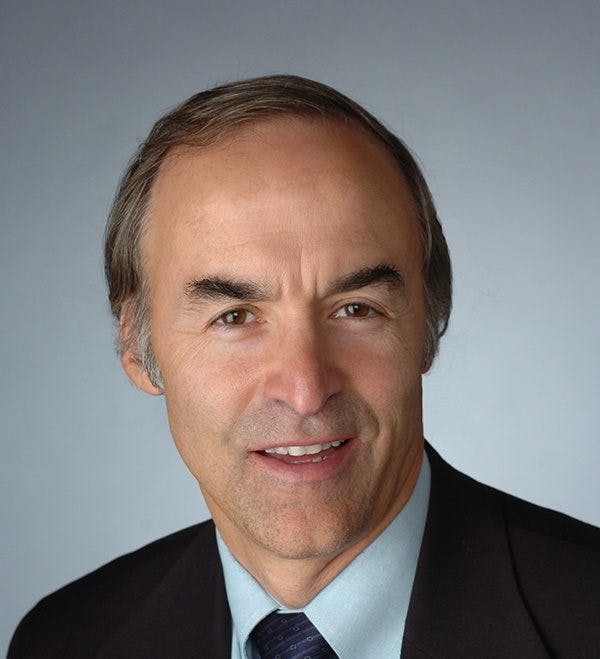
School children across America are often exposed to the story of Major League Baseball star Jackie Robinson who heroically broke baseball’s modern-era segregated color line on April 15, 1947 when Brooklyn Dodgers interim manager Clyde Sukeforth filled out a lineup card listing Robinson as his starter at first base for the Dodgers opening-day game against the Boston Braves.
But the metaphorical “war” that was racial equality in Major League Baseball wasn’t won with a single skirmish. In fact, it wasn’t until July 1959 that the American League’s Boston Red Sox promoted a black player to their roster, becoming the last MLB team to integrate, and putting a coda on decades of MLB discrimination and resistance. Decades later, though, MLB is facing steady declines in the number of African-American players on current rosters.
These battles against bias and discrimination seemingly never end, and many historians believe America’s Civil Rights Movement didn’t formally begin until 1964. That would’ve been 17 years after Robinson’s first game. That means inclusion, whether it is tied to race, religion, sexual orientation, gender identification, country of origin, or disability is not a fast-moving process. And it should not surprise contemporary readers to learn discrimination and prejudice are usually systematically managed in secret.
That means professional sports leagues with billionaire owners who meet in private have a much greater ability to welcome inclusion or fight it. For many years, the NFL would also not allow African-American players to enter the NFL, and then decades more went by after their arrival into the league before blacks were permitted to play quarterback.
To say the least, discrimination has been a standard in American sport. But when the barrier is broken by the historic first athlete, it doesn’t always mean immediate or lasting inclusion follows.
Louis Sockalexis (1897-1899) is generally considered the first player of Native American lineage to be a MLB player, and he achieved that stature in 1897 with the Cleveland Spiders. It was another 21 years, though, before a full-blooded Native American, Moses “Chief” Yellow Horse was signed by the Pittsburgh Pirates in 1921. Few Native Americans have played in the majors since then.
Interestingly, the gambit of making inclusion look widespread has not always been truly comprehensive, and often has obscured other ways in which discrimination continued.
In 1936, Syracuse track and football star Marty Glickman, for example, found himself removed from the American 4×100 relay team at the Berlin Olympics because of blatant anti-Semitism practiced not only by Adolf Hitler’s host country, but also by the U.S. Olympic Committee. Glickman never got over that exclusion. And when he returned to Syracuse, his African-American football teammate, Wilmeth Sidat-Singh, also became the center of controversy when the University of Maryland refused to play the Orange in College Park if Sidat-Singh accompanied the team.
Much was written about Michael Sam, the first openly gay football player to announce his sexual orientation before the NFL draft. The same can be said for former NBA center Jason Collins, who announced his homosexuality toward the end of his playing career. More recently, there was some discussion about former NFL defensive end Ryan Russell, who last summer came out publicly as bisexual, and along with Collins was a trailblazer among active LBGTQ players in the big four US sports leagues.
Sam was drafted in the seventh round of the 2014 NFL Draft, was cut during training camp, and never played a down in the NFL. Russell is now a free agent. Collins has been retired for more than five years. As of February 2020, there is no openly gay player on an active roster in the NFL, MLB, NBA, or NHL.
At the worst, that would seem to suggest some continued form of discrimination, although it is likely all four leagues would deny any secret bidding by commissioners or owners.
Ultimately, sport holds the capacity to integrate societal differences in settings that provide significant visibility and generate meaningful discussion.
The point is this: sport showcases breakthroughs, but immediate acceptance doesn’t always follow. The first included may inspire, but that individual may not always deliver widespread change. Perhaps in the future, we will work harder and longer at the full measures of inclusion and diversity.